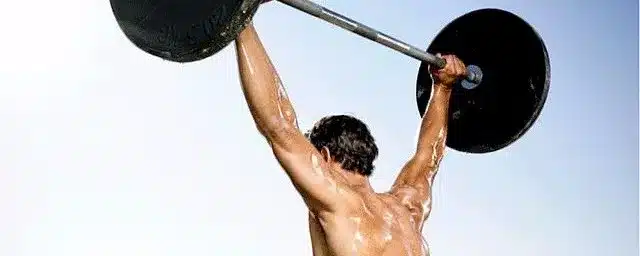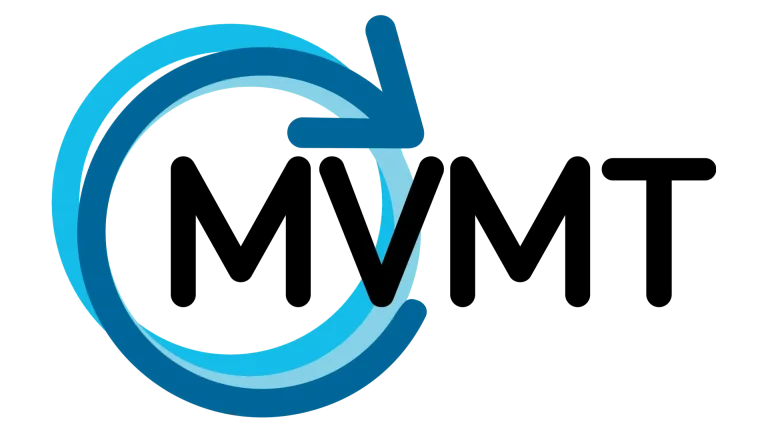On the Shoulders of Giants – Part 1

Shoulder pain can be such an elusive beast for patients. The causes run from the unknown and mundane (“How did this happen to me? I didn’t do anything!”) to the obvious and glorious (“How did this happen to ME? I’m strong!”). But one thing is certain: we hardly ever realize the importance of our shoulder health until it has been compromised. Its impact on our daily lives is clear and present.
Biomechanics
A quick anatomy lesson: the shoulder, or glenohumeral joint more specifically, is a ball-and-socket joint. It is similar to the hip, but has significant differences. Where the hip has a very deep socket, limited mobility and is very stable, the shoulder socket is very shallow, has lots of mobility and therefore lacks inherent stability.
The socket is deepened by a ring of soft tissue called the labrum, which helps to provide more stability. Four muscles surround the head (ball) of the humerus (upper arm bone) and make up the “rotator cuff”. As the arm moves in any position, it is the job of these four muscles to keep the joint stable. A breakdown of this main function – joint stability – is often the cause of many injuries.
Further, the shoulder complex involves the shoulder blade (scapula) and the collar bone (clavicle). The shoulder blade is the “foundation” of the entire arm. As the arm moves, the shoulder blade should provide a stable base underneath it – what we call the scapulo-humeral rhythm. Again, dysfunction here may lead to issues elsewhere.
Pathology
With the different articulations, muscles and moving parts around the shoulder joint, there are a wide variety of possible diagnoses. Pain around the shoulder may be hard for the patient to distinguish, but we can often deduce the issue by asking some very pointed questions and utilizing some clinical tests. The main injuries we treat are (but not limited to!) – frozen shoulder (adhesive capsulitis), shoulder impingement syndrome, rotator cuff tear, labral tear, tendonitis, and shoulder bursitis.
While some injuries occur spontaneously (like frozen shoulder), most injuries have a very clear cause. Overuse, trauma, change in training type or volume are quite common. For active, athletic and competitive patients, it is important to have a baseline assessment of movement before a major change is introduced. Examples would be a biomechanical assessment, the FMS or the SFMA – performed by a licensed physical therapist.
Coming Up: Now What?
